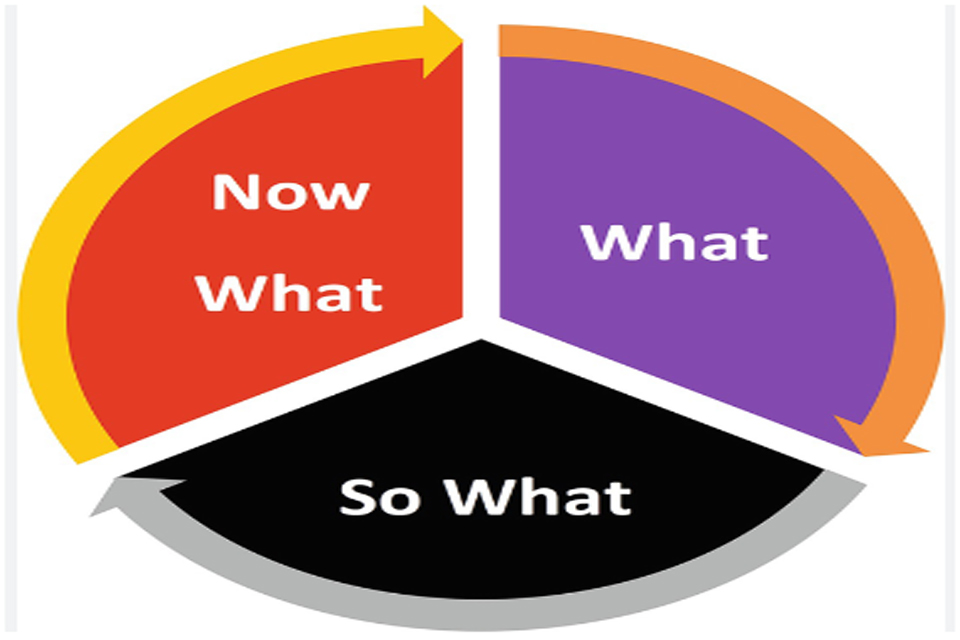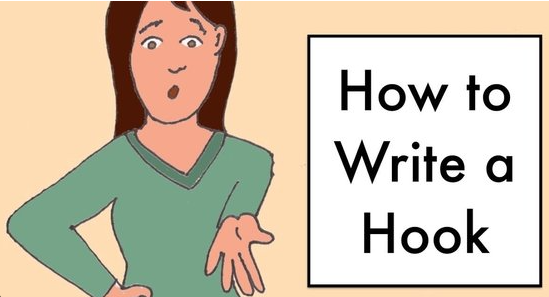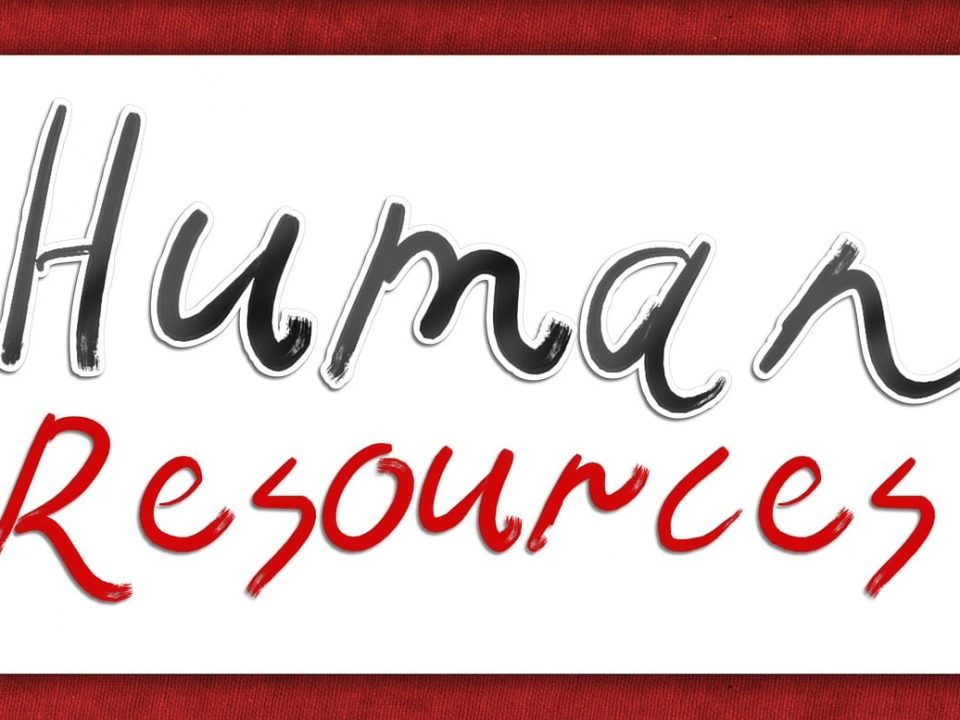What, so what, now what? Rolfe’s reflective cycle

Question: Evaluate Rolfe’s reflective cycle. Explain the three steps of the model with the support of sample questions.
Introduction
Rolfe’s reflective cycle has the goodness of clarity and straightforwardness. The reflective cycle is based on three crucial questions, as mentioned in the below diagram:
The model was initially developed to provide support to nursing and care education. Still, as time passed, its significance became prominent, and it started being used in other education forms. In addition, the model’s clarity and ease helped it adapt to differentsituations and applications.
Rolfe’s reflective cycle is divided into three stages, and at each stage, it emphasizes what happened, the impact of the occurrence, and the resultant for future conduct.There is continuity in the model as it makes you think about different questions.The alterations in the approach or the behavior created from the model’s application can be evaluated for further revision or can determine its appropriateness.
Three steps of Rolfe’s reflective cycle
A series of questions rises from the model’s initial three questions, as Rolfe et al. (2010) suggested.The questions may improve thinking and separate the central components of a given situation or occurrence to understand them better.
What: What component of the model pertains to explaining the occurrence or the event being reflected upon and construing one’s self-awareness in connection with it.The series of questions listed below start with what:
• Is the problem/reason for feeling sick/ reason for being stuck/reason there is a conflict of personalities?
• Was my part in building the event being reflected upon?
• Was I attempting to accomplish?
• Steps were being undertaken to achieve the thing?
• Was the reaction from other people?
• Were the lessons for the learners?
• Were the lessons for me?
• Were the lessons for people around it?
• Emotions were aroused in the student?
• Emotions were aroused in me?
• Emotions were aroused in the people around it?
• Was good about the experience?
• Was bad about the experience?
• Could be revised?
So what: So what component of Rolfe’s reflective cycle evaluates the occurrence being reflected and starts to assess the circumstances being negotiated. The series of questions listed below start with so what:
• Does it declare about me and my connection with the learner?
• Was I thinking when I acted upon it?
• Was my course of action?
• Alternatives did I have in that situation?
• Could I do differently to generate a positive result?
• Did I learn owning to the situation?
• Circumstantial concerns have been revealed through this situation?
Now what: Now what component of Rolfe’s reflective cycle is about synthesizing information and insights.This component makes us think more in-depth about what we can do differently if the same situation arises. It also helps to decide whether the previous action undertaken in the situation was correct.Finally, it helps us prepare ourselves if the same situation arises.The series of questions listed below start with now what:
• Can I do to improve things?
• Support should I ask from others?
• Do I need to abstain from in future?
• Do I take in from the situation?
• Will I notice in advance?
• Have others perceived from this situation?
• Larger concerns need to be addressed if the fresh set of actions is to be implemented?
• Additional things need to be handled?
The questions listed above are only suggestions under each of Rolfe’s reflective cycle elements. The questions mentioned above don’t need to suit every occasion. New questions can be added as per the context of the situation. Adding or deleting questions is part of the reflective cycle in which a person enters to reflect on a specific incident.The above question can be used as a cheat sheet to reflect upon any occurrence.You may easily remember the three main questions and store the above questions for future purposes.It will be a great strategy if you try to use the above-listed questions as a template for tasks related to reflection. The template will channel the writing process and will help to develop ideas.
Assessment of Rolfe’s reflective model
As stated previously, the core benefit of the Rolfe model is its plainness and accuracy. Reflective models must be reachable and convenient for the users and generate relevant results.Rolfe’s reflective cycle is too simple and fits the user’s requirements. The only drawback of this model is its usage of only three steps to make a reflection.If a user wants to reflect in detail about a situation, he cannot do so. The insights from using the model can be too simple or too descriptive.
As per Rolfe’s belief, it is vital to reflect not only on a situation after it has occurred but during its occurrence.It will help to correct the action immediately and control the situation. The reflective model is not about summarizing a situation but engaging with it actively.
Things to include in a reflection
• Explore and explain what happened instead of just describing the situation
• Admit your mistakes in the same as accomplishments
• Show your understanding of perceiving things and what improvements you can make
• Write about key ideas from the situation and refrain from writing everything
• By reflecting upon the past, assess how it can have an impact on the future activities
What is the structure of the reflective essay?
The structure of a reflective essay is identical to the structure of other forms of academic writing.The reflective essay will have an introduction that introduces the situation and the topic. Then it has different body paragraphs that discuss the reflection process. Each paragraph will have one issue that will help in going on to the other issue. There must be a logical flow and transitions through different paragraphs. The conclusion is the last step of the reflective essay that brings together all the main elements of the essay discussed in different paragraphs.
You can apply two reflective writing methods addressing the what, so what, and now what model. First, select a single issue and apply the three core questions. You can address all three questions in a single paragraph. In another way, you can use three distinct paragraphs to analyze the three core questions of Rolfe’s reflective cycle model in detail.
Conclusion
Rolfe’s reflective cycle model is one of the many reflective models available today. If you have been tasked to apply Rolfe’s reflective cycle, you can take clues from this blog. Still, if you have been asked to select one of the reflective models as per a given scenario, we recommend you choose the model wisely.Go through each model and find out which one will work for you. Rolfe’s reflective cycle can provide a useful guide to begin your reflection but reflection being a personal process is different for everyone. Invest some time and study each of the models until you find one for yourself.
Total Assignment Help
Incase, you are looking for an opportunity to work from home and earn big money. TotalAssignmenthelp Affiliate program is the best choice for you.
Do visit :https://www.totalassignment.com/affiliate-program for more details
Total Assignment help is an assignment help Online service available in 9 countries. Our local operations span across Australia, US, UK, South east Asia and the Middle East. With extensive experience in academic writing, Total assignment help has a strong track record delivering quality writing at a nominal price that meet the unique needs of students in our local markets.
We have specialized network of highly trained writers, who can provide best possible assignment help solution for all your needs. Next time you are looking for assignment help, make sure to give us a try.
Looking for Assignment Help from Top Experts ?
Get the best Assignment Help from leading experts from the field of academics with assured onetime, 100% plagiarism free and top Quality delivery.


